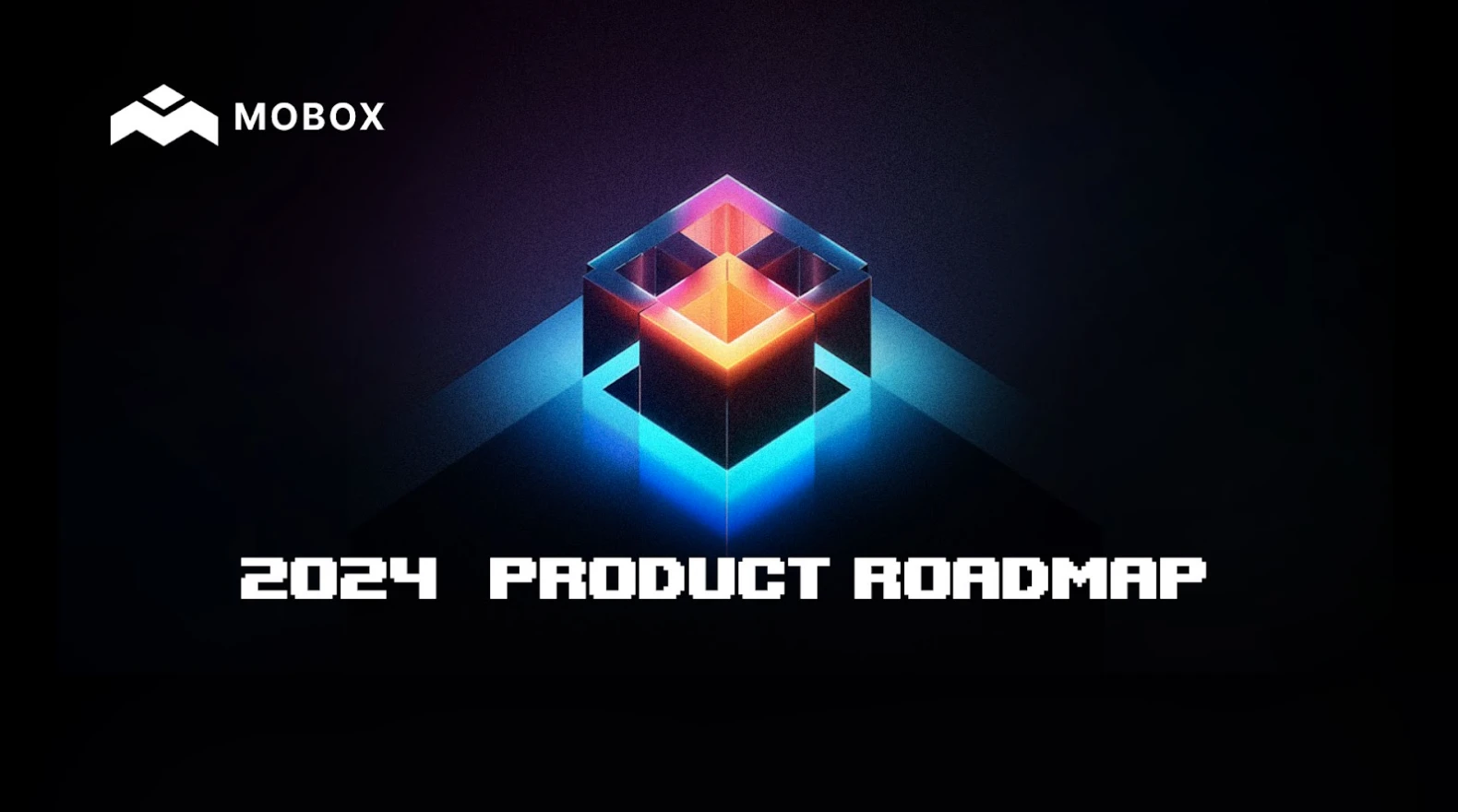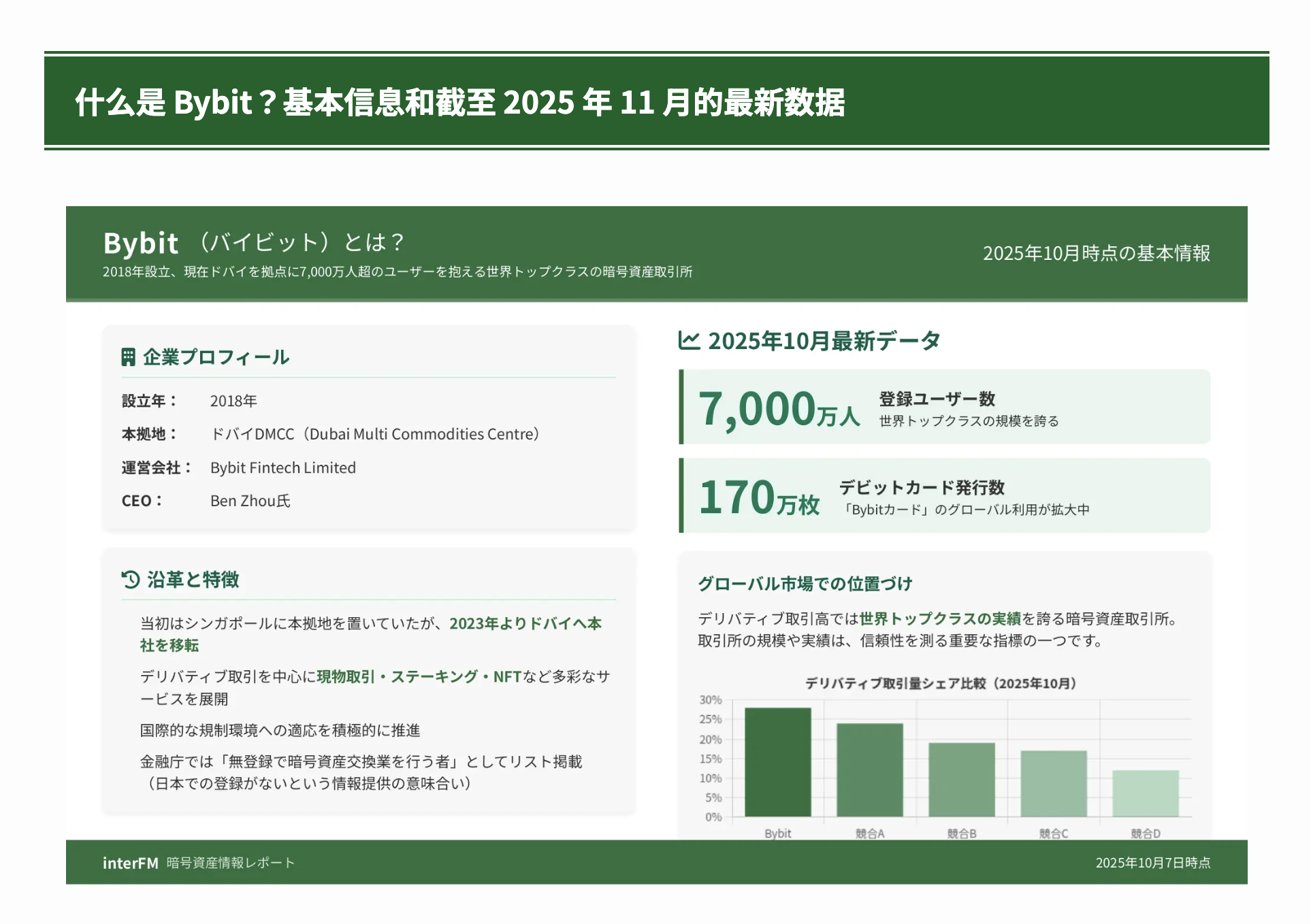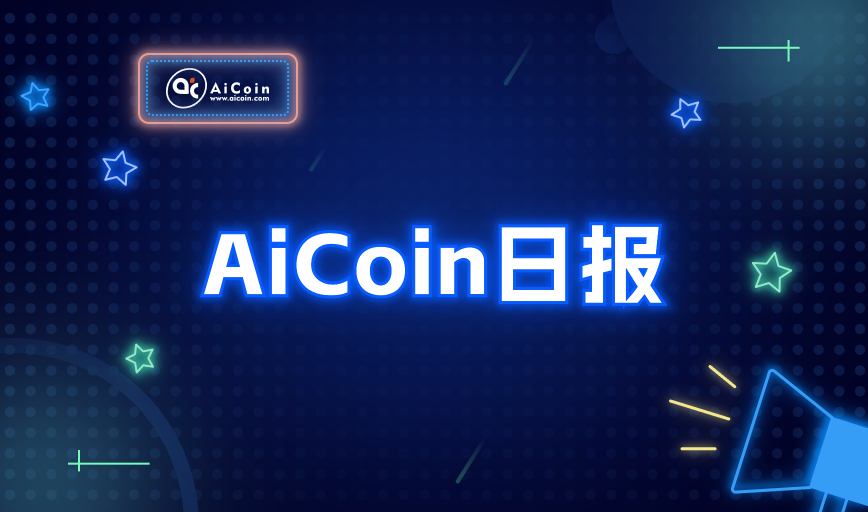Today, the Web3 game platform MOBOX announced its 2024 product roadmap, dedicated to the transition to a decentralized game production model focused on collaborative creation and governance, empowering the community to create content and decide its development, in order to build an open and sustainable economic system. To achieve this vision, MOBOX will launch the first 3D open world game deployed on BTC L2, build game engine and MOBOX game layer network infrastructure, improve the token economic model, and upgrade the brand image.

1. Dragonverse Neo: Deployed on BTC L2, a 3D open world
Dragonverse Neo is a community-created and community-governed open world game deployed on BTC L2 launched by Bitmap Tech (formerly known as Recursiverse). This marks MOBOX's transition to decentralized game production and sustainable economic system, and will be the first game to debut on BTC L2 this year.
Dragonverse Neo will start closed beta testing in January 2024, and will be rapidly iterated with new features gradually introduced through community voting.
2. Collaborative Creation and Governance of Open Economy
2.1 Collaborative Creation
MOBOX will create a collaborative creation ecosystem, where every player has the opportunity to participate in all aspects of DIY game creation by burning $MBOX. The game engine adopted by MOBOX supports a visual programming approach, allowing players to easily contribute content to the game without the need for any coding or modeling skills.
User-generated content (UGC) introduces a more diverse player base and a wider range of $MBOX use cases, keeping the game fresh while maintaining economic stability within the game. MOBOX will achieve this through the following product roadmap:
User development toolkit: used to create prefabricated resource packs for equipment, characters, maps, and game levels, with a user-friendly graphical interface that requires no coding or modeling skills. (Supported by strategic partner Project Twelve)
Creative workshop and open market: for publishing and trading user-generated items, providing a channel to monetize creativity.
Creator incentive fund: to attract creators to participate in the MOBOX ecosystem, incentivizing contributions and popularity.
2.2 Collaborative Governance
MOBOX will create blockchain games that represent the will of the community, where MOBOX players and $MBOX holders can decide the future direction of the game.
In the pre-GameFi era, game assets were held by players, but the game itself was still developed entirely by blockchain game studios. Although some mechanisms could be voted on through on-chain voting, due to the high iteration cost and slow speed of centralized production, players had very limited decision-making power and did not truly participate in the dominant development of the game.
Through infrastructure upgrades, MOBOX has achieved rapid iteration and even allows players to participate in game production iteration. The aspects in which $MBOX holders can participate in governance have significantly increased, and community-approved proposals can be quickly executed.
It is reported that related development work is underway:
Governance homepage: the community can initiate proposals and vote through the embedded snapshot space. The homepage transparently displays on-chain governance details, including voting statistics, results, financial status, and implementation progress.
Governance forum: new proposals will emerge here, where MOBOX will provide a platform for community discussion and universal voting. MOBOX members can express their opinions based on the current project situation, initiate proposals by burning $MBOX, vote, and ultimately get them executed. The forum provides AI-supported multilingual translation to overcome language barriers.
Governance mechanism: the community votes on proposals based on different weights. Once a proposal receives a majority vote, it will be queued in a time lock and implemented after a certain period of time.
3. Game Engine: Catalyst for the Explosion of Ecological Games
MOBOX will build game infrastructure and provide user-friendly comprehensive development toolkits for building ecological games. Building a game engine aligns with MOBOX's vision of collaborative creation and governance, aiming to achieve the following goals:
Accelerate game iteration: engine upgrades speed up game development, allowing rapid implementation of community-approved proposals. This enables the MOBOX community to participate in governing more aspects of the game.
Enable user participation in iteration: users can easily create game content through user-friendly tools, ensuring the quality of user-generated content through built-in templates and resource packs.
Improve game quality: ensure game quality based on rapid iteration and extensive user-generated content, providing movie-level rendering effects and exquisite art styles.
The above goals will be achieved through the following product roadmap:
Engine basics: support for multiple cameras, each with independent spring armor; automatic resource recycling; navigation construction system for automatic routing; cross-platform file system IO; physics simulation engine and general collision capsule: elasticity, gravity, friction; level jump interface; player account subsystem; storage K/V subsystem; game version control: update, rollback; game text configuration object.
Graphics: outline function for anime character styles; character accessories V2 with skeletal mesh and animation; upgraded transparent materials for improved efficiency; lighting effects (point light source, ambient lighting, skybox); post-processing effects; character styles (anime, cartoon, low polygon); particle effects.
Multiplayer online simultaneously: CRUD (create, read, update, delete) for players in the room; add players, invitation links, kick out players, blacklist players, etc.; advanced in-game chat function, supporting richer text and emoji compatibility; character state machine synchronization; character coordinate synchronization; synchronization of characters not displayed within the trimmed line of sight; RPC calls and channel API.
Prefabricated parts: swimming area; footsteps sound effects; trigger objects for simple logic activation; vehicles, aircraft, and cars; the most refined control of torque, braking, acceleration, and real physics in the car class.
Game components: walking, including friction, acceleration, collision, air detection; game control, hotkeys, keyboard and mouse, touch screen, touch events; NPC, AI decision tree.
Sub-editors and user experience: reshaping the sorting and search function UI editor of the resource library; script editor: create in-game menus in script form; character editor: humanoid, animal; built-in analyzer for performance measurement: frame rate, draw calls, memory usage; editor state: auto-save, undo, redo, state recovery; color tags for the resource library; quick links to relevant document sections; technical forum.
4. MOBOX Game Layer Network: Codenamed Desolator
MOBOX will build a game layer network to provide a comprehensive Web3 game solution for simplifying development, rapid iteration, and cost reduction. MOBOX's self-developed and third-party games will be deployed on MOBOX L2, making the game ecosystem more prosperous. This will be achieved through the following product roadmap.
$MBOX as a token: used as a gas token; used for staking (PoS validation nodes) and governance.
Modular Rollup architecture: connecting the consensus layer and data availability layer to reputable L1; collaborating with top RaaS providers to provide infrastructure for execution layer settings, blockchain browsers, and other services; native L2 bridging + third-party bridging.
Account abstraction layer: building an integrated account abstraction layer for L2 for easy adoption; integrating key infrastructure (such as blockchain browsers and wallets) with account abstraction in a compatible manner.
Game deployment: deploying more games on MOBOX L2
Token exchange and NFT market: deploying token exchange based on the Uniswap V3 core protocol; deploying the NFT market based on the modified Seaport 1.5 core protocol.
5. Economic model optimization: Token reduction
Reducing $MBOX production through the following mechanisms:
Dynamically adjusting mining difficulty
Reducing the purchase volume of MOMO NFTs
Optimizing the distribution mechanism of $MBOX in various output channels
6. Brand reshaping
Visual upgrades to all MOBOX platforms:
Official website V2
Logo upgrade
It is reported that the BTC ecosystem game Dragonverse Neo launched by MOBOX will start closed beta testing in January 2024, with further plans currently underway.
免责声明:本文章仅代表作者个人观点,不代表本平台的立场和观点。本文章仅供信息分享,不构成对任何人的任何投资建议。用户与作者之间的任何争议,与本平台无关。如网页中刊载的文章或图片涉及侵权,请提供相关的权利证明和身份证明发送邮件到support@aicoin.com,本平台相关工作人员将会进行核查。




